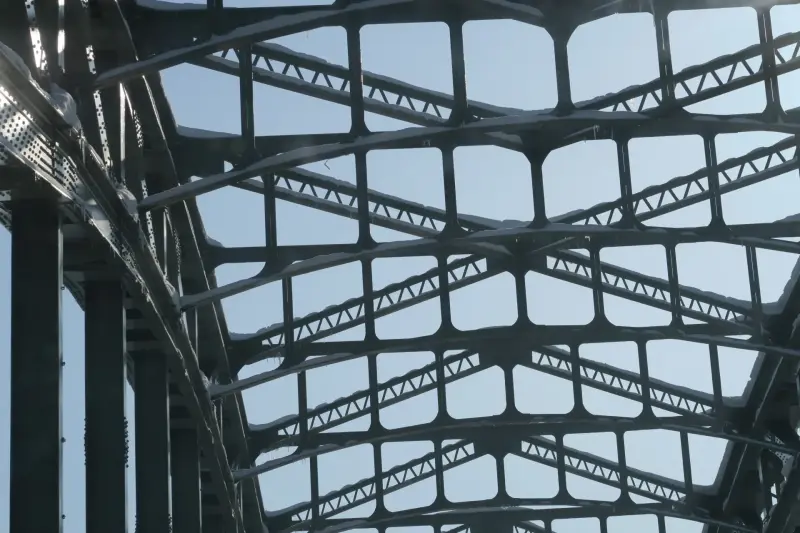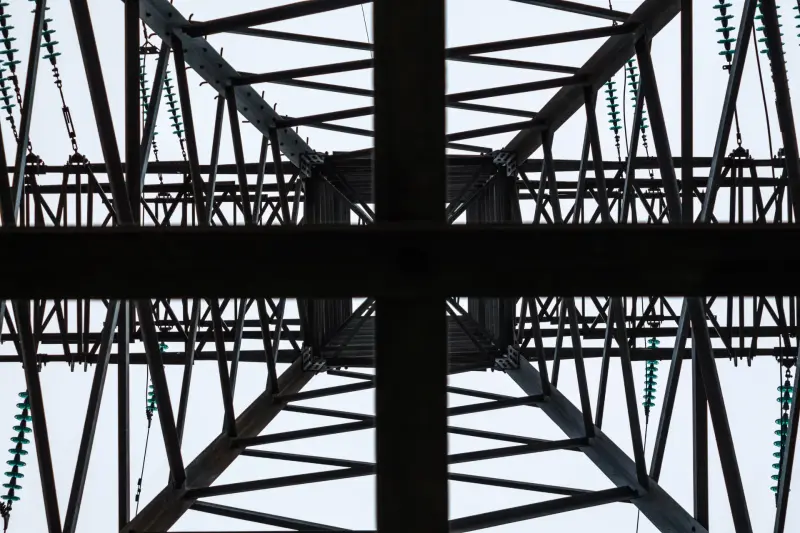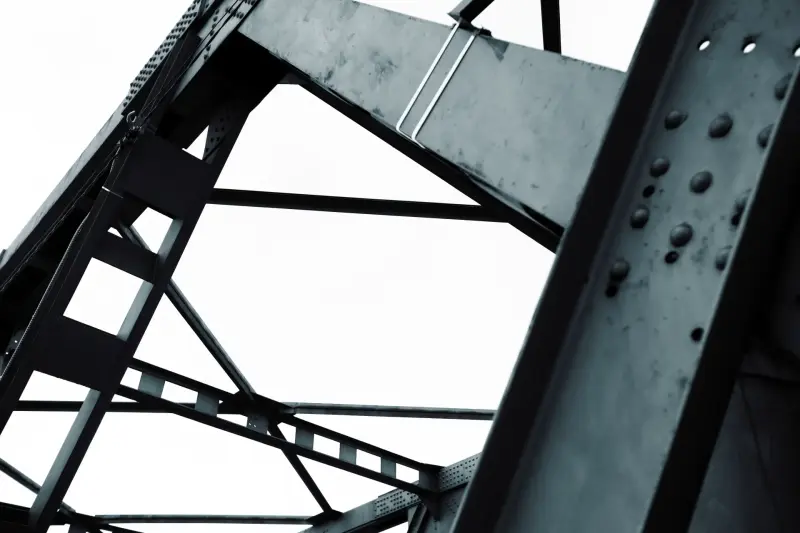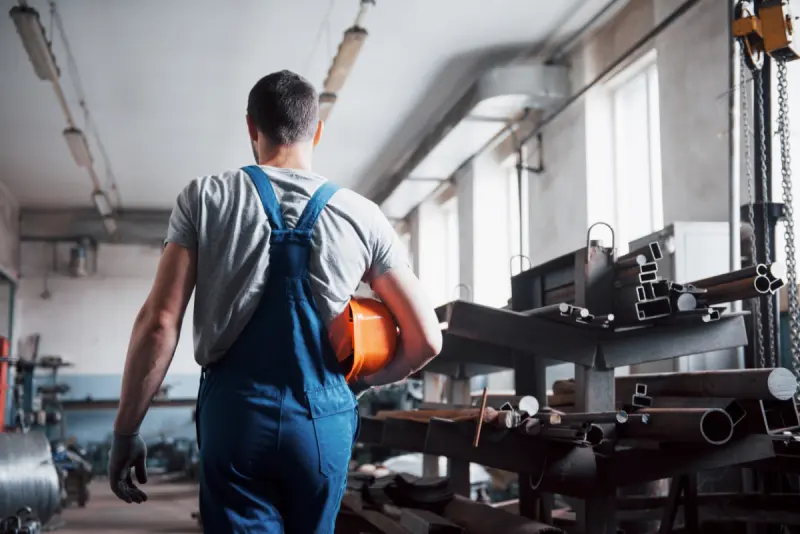Structural steel is a strong, reliable material used in a wide range of construction projects. Different types of steel offer different benefits, including resistance to corrosion, shape flexibility, and high strength. Here's a breakdown of the most commonly used structural steels and where they're best applied. This article looks at the main types of structural steel and their uses.
Common Types of Structural Steel
Mild Steel
Mild steel is one of the most commonly used steels in construction. It contains a low amount of carbon, making it easier to work with and weld.
Though not as strong as other types, it has good shape-holding properties and is suitable for general building purposes, including beams, plates, and columns.
High-Strength Steel
This steel contains a higher carbon content or other alloying elements that increase its strength. It is commonly used where a stronger material is needed without adding much weight.
Its ability to resist heavy loads makes it ideal for large-scale construction projects.
Weathering Steel
Also known as COR-TEN steel, weathering steel forms a protective outer layer of rust that helps prevent further corrosion. It is useful in outdoor environments where exposure to weather is a concern.
This type of steel reduces the need for paint and maintenance, making it a cost-effective choice in the long run.
Stainless Steel
Stainless steel includes chromium, which gives it excellent resistance to corrosion.
Though more expensive, it is preferred in areas requiring hygiene, aesthetic appeal, or where exposure to moisture is frequent. It’s also known for maintaining its strength and shape over time.
Tool Steel
Tool steel is typically used in the process of making tools and equipment due to its hardness and resistance to wear. It contains various alloys and is not usually used for large construction elements, but plays a vital role in the manufacturing of steel components.

Where Each Type Is Used
Buildings and Bridges
Mild steel and high-strength steel are the go-to choices for most building frames and bridge structures.
Their strength and ability to be shaped into beams, plates, and columns make them suitable for supporting loads and spanning large distances.
Industrial Units and Warehouses
In these settings, high-strength steel is often used to handle the weight of heavy machinery and stock.
Tool steel may also be present in equipment and machinery used during the construction process.
Roads and Railways
High-strength and weathering steel are ideal for these projects.
Weathering steel, in particular, helps reduce maintenance on exposed structures like railway bridges or roadside barriers, thanks to its natural corrosion resistance.
Coastal or Outdoor Structures
In areas exposed to salty air or wet climates, stainless steel and weathering steel are favoured for their ability to resist corrosion.
These steels keep their shape and maintain strength, even in tough conditions.
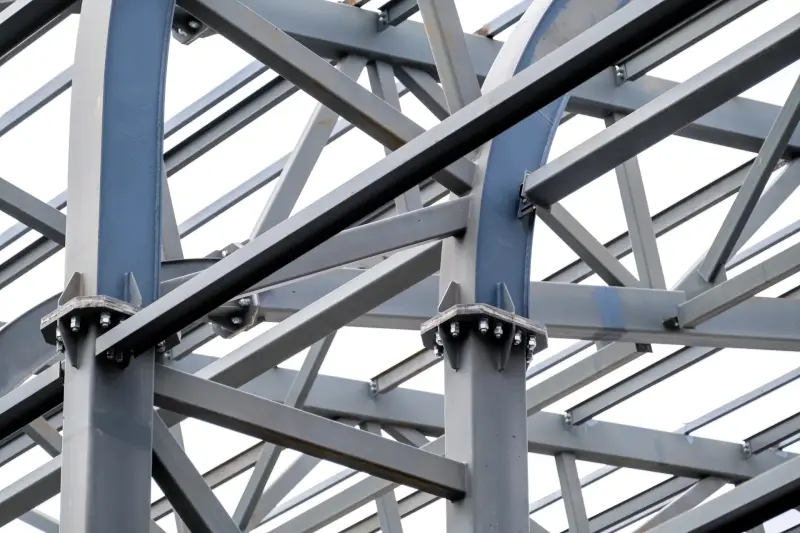
Why the Right Structural Steel Type Matters
Choosing the right type of structural steel is essential for the safety, durability, and success of any construction project. Each material's strength, resistance to corrosion, and ability to hold its shape play a key role in how the structure performs over time. From the initial design stage through to final construction, knowing which steel to use helps ensure that columns, beams, and plates are fit for purpose and built to last in their specific environment.
Anderson Engineering And Welding Services are trusted structural steel suppliers serving Manchester and the North West. From design to installation, we deliver strong, custom steel solutions for commercial and residential projects.

